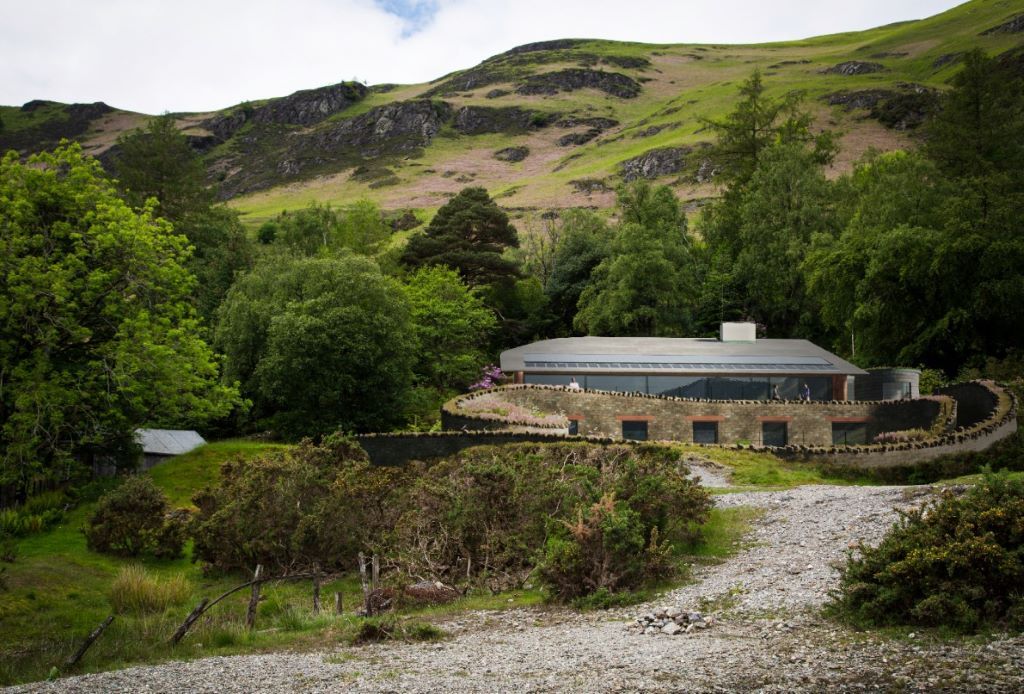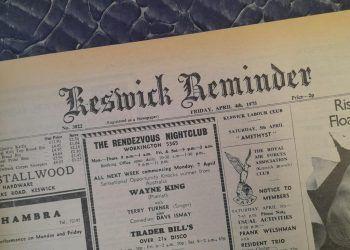
The Lake District is not a museum but its landscape is not yet ready for an “inappropriate, strident and harmful” eco-home, planners have ruled.
It means a £1.5m traditional Lakeland cottage on the shores of Derwentwater has been saved from the bulldozers.
At a national park meeting, members unanimously agreed with LDNPA officers to reject the proposal to replace historic Brandlehow at Manesty, in the foothills of Catbells, with an eye-catching strikingly modern house, regardless of its green credentials.
While the design received general praise, sympathy was expressed that the applicants have suffered online abuse.
Jag Chana, a Harley Street cosmetic surgeon and his wife Kate, had been strongly criticised on social media, their agent Ben Hair, a project architect for London-based Knox Bhavan, told the meeting.
Addressing the committee at national park headquarters in Kendal, Mr Hair, of the award-winning Peckham-based agency, said: “It is unfortunate that the applicant has received online abuse following the application – stoked largely by online Facebook pages. Despite the concerns raised online, Teddy in the Window is not affected by the application and it has always been the applicants’ intention to maintain Teddy in the Window.”
Committee chairman Geoff Davies, of Braithwaite, condemned those who had trolled the applicants, describing it as “highly regrettable”.
“That is horrendous and unacceptable,” said Mr Davies. “It is unfortunately the world we now live in.”
LDNPA planning officer Ben Long had told the committee that the traditional building had a positive effect on the landscape and a “heritage value” associated with traditional mining. Its removal, said Mr Long, was considered “harmful” and contrary to policies.
However, Mr Hair, argued that they planned to create an “exemplar” property for the World Heritage Site which was “of its place and of our time”.
The existing cottage, said Mr Hair, is “not suited to our time” with no insulation in the walls, a leaking roof, rooms suffering from damp and an oil-fired heating system which is “outdated and carbon heavy”. “It is our view that the Lake District National Park should not be a museum, it’s a living and evolving landscape,” Mr Hair told the panel.
Committee member Jim Jackson said he recognised the need to update the house and liked the “spectacular design”.
But the proposed house contained an “awful lot of glass” and “detracted” too much from the local character, said Mr Jackson.
The risk was you would look at the new house and not realise you were in the Lake District, he said.
Member Mark Kidd also voted against the demolition plan. “It’s not some 1970s concrete bungalow, it’s actually quite a historic building and a great piece of local architecture which does contribute to the local character, so removing it and replacing it with something else is going to have an effect on that,” said Mr Kidd.
Panel member Jay Sayers, proposed that the panel support the officer’s recommendation to refuse. She said: “Once it’s gone, it has gone. I don’t dispute the design, it’s great, but it doesn’t feel appropriate.”
Member Tiffany Hunt added: “I don’t think it’s ever the case with the national park that we would rule something out of this nature because it’s a modern design. I think we too wouldn’t wish to see the Lake District as a living museum. It’s a matter of judgment and being guided policy whether something is suited or not. In this instance, the disadvantages clearly outweigh the benefits.”
Concluding, Mr Davies said it was a “very sensitive” area for development and the minor road along the bottom of Catbells was “iconic”.
More than 300 representations had been made to the national park, the majority objections, but a number also in favour.








